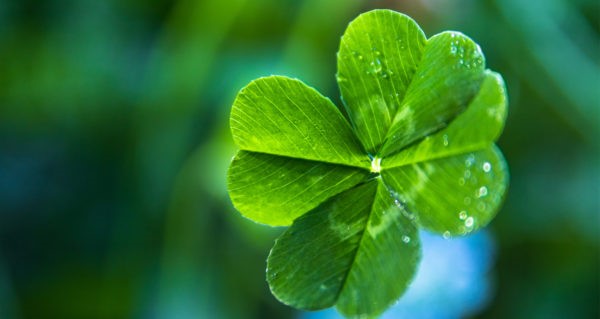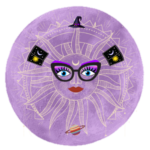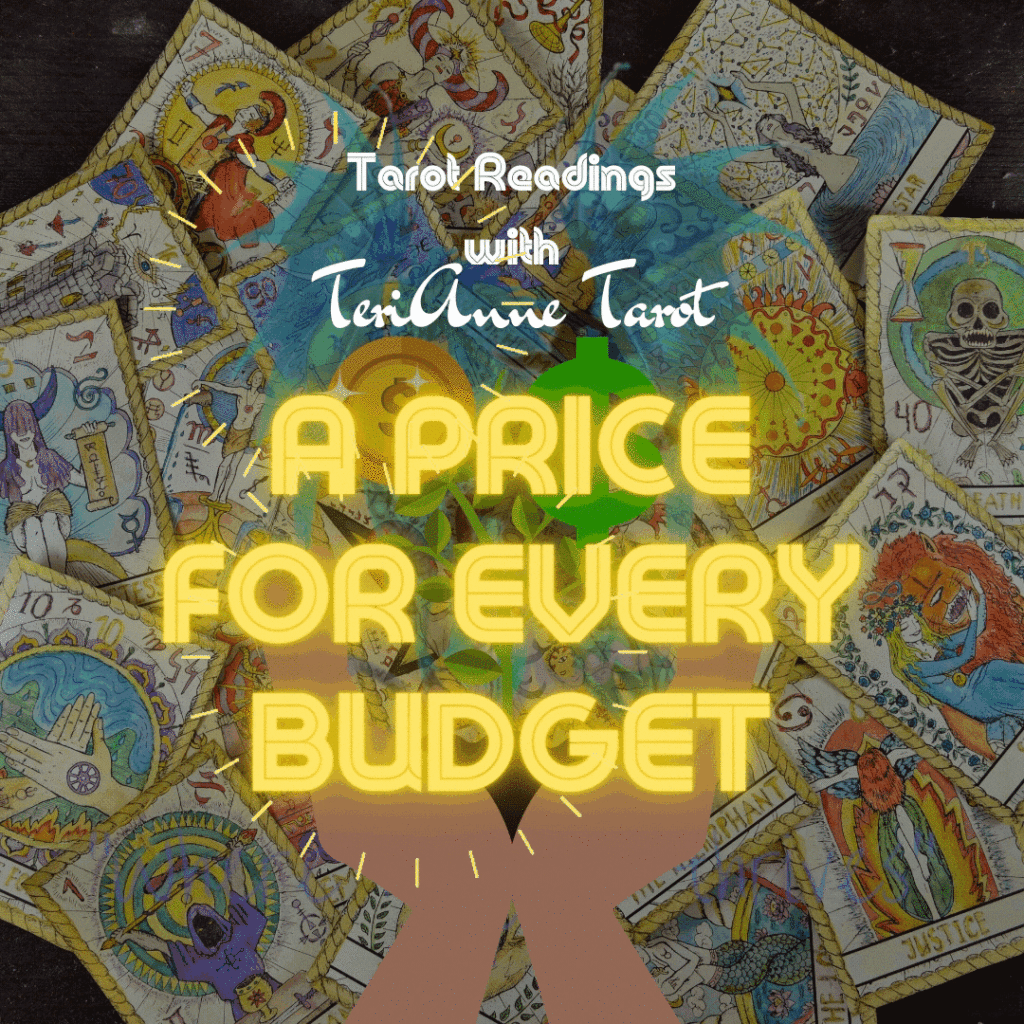The shamrock is the most well-known symbol of St. Patrick’s Day, but what do you really know about this tiny...
The shamrock is the most well-known symbol of St. Patrick’s Day, but what do you really know about this tiny three-leaved plant, and why is it associated with the holiday?
Legend and tradition state that the shamrock was a vital part of St. Patrick’s teachings. He used its three rounded leaves growing on a single stem as a natural symbol to simplify the concept of the Trinity. It’s also said that the deep green color of the shamrock, which became Ireland’s emblem, cancels out the superstition that it is bad luck to wear green.
What Does Shamrock Mean?
The literal translation of shamrock is “seamrog” and means “summer plant.” It is in the spring and summer when shamrocks grow lush in the Irish fields.
Not Four-Leaf Clovers!
Shamrocks and four-leaf clovers are often confused or used interchangeably. But shamrocks have 3 leaves. And four-leaf clovers are a symbol of good luck.

Shamrock Legends
There is more to the legend surrounding the shamrock. The trefoil in Arabic is called shamrakh. It was held sacred in Iran as an emblem of the Persian Triads. In his Natural History, Pliny claims that serpents are never found where trefoil grows, and that the plant prevails against the strings of snakes and scorpions.
Care for Shamrocks
Small two-and-one-half-inch pots of shamrock go on sale at city florists and plant shops as soon as March 17 arrives. These are plants of Trifoliym repens minus. It is suggested that potted shamrocks be kept in a well-lighted but cool place. The seeds are planted thickly in the pots so the clover foliage is dense. Since leaves may rot if kept too wet, setting them in a saucer of water until moisture seeps to the top of the soil should water the plants. Set aside to drain and do not water again until the soil dries out.
Source: Farmers’ Almanac
Be magickal, y’all!


